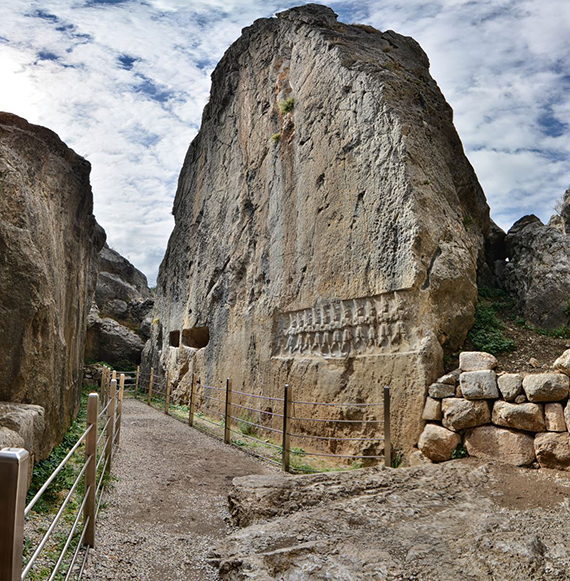Ancient Cities
Hattuşa-Boğazkale
The Hittites, one of the great powers of the Ancient East like Egypt, Babylonia and Mitanni, dates back to approximately B.C. They ruled over most of Anatolia and, from time to time, Northern Syria until 1200. Hattusa, the capital of this Empire, is in Boğazkale district, 80 kilometers southwest of Çorum. The region was given the status of Historical National Parks in 1988. Hattusa was discovered by French architect Charles Texier in 1834. This can be perceived not only as the discovery of Hattusa, but also as the discovery of the completely forgotten Hittites. Many scientists and travelers visited Hattusa in the period until Ernest Chantre made several soundings and published the first cuneiform tablets in 1893-94. The conservator of the same museum, Theodor Makridi Bey, who received the support of Osman Hamdi Bey, the Director of the Imperial Museum, started the first large-scale excavation in 1906, and by including the cuneiform expert of the time, Assyriologist Hugo Winckler, in the excavation team, they determined that this was the Hittite capital Hattusa.



